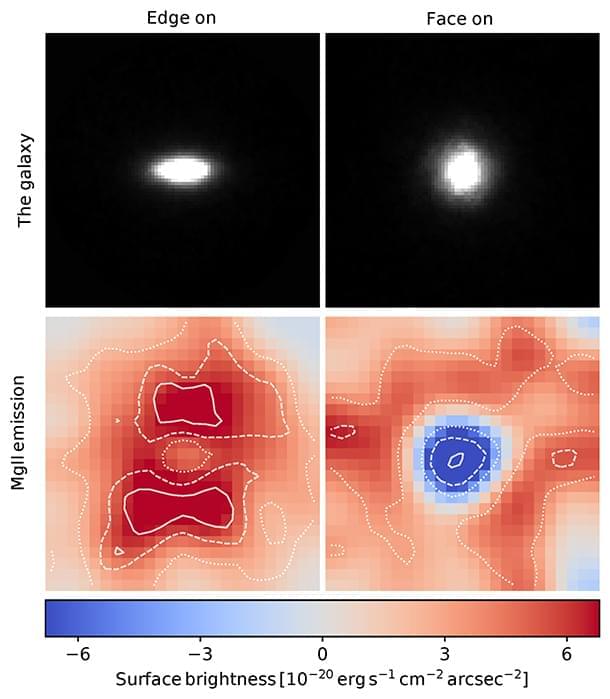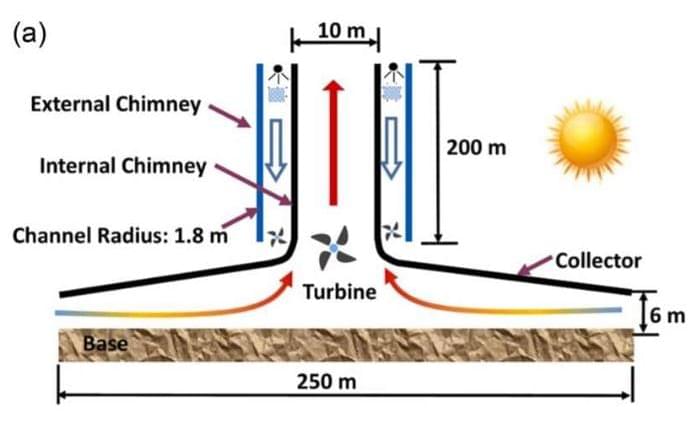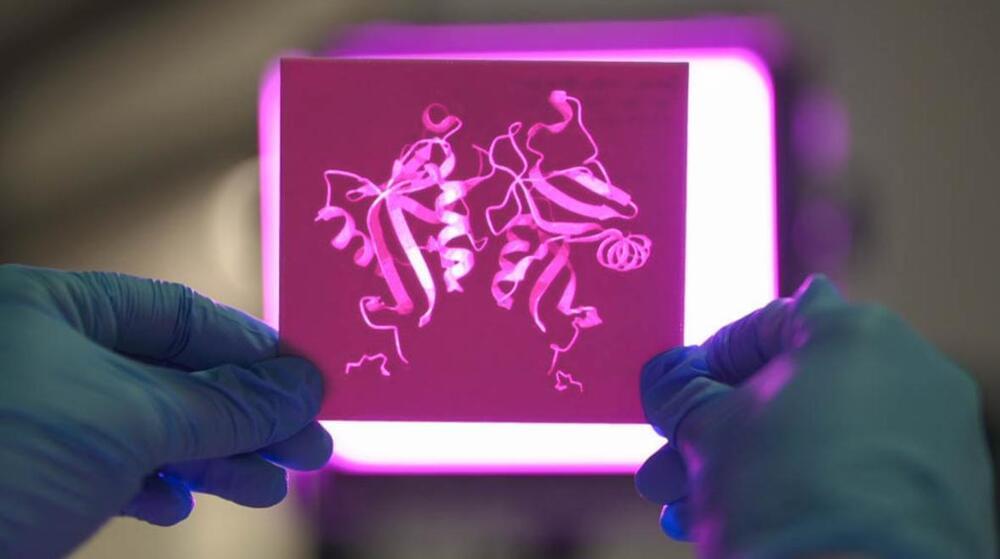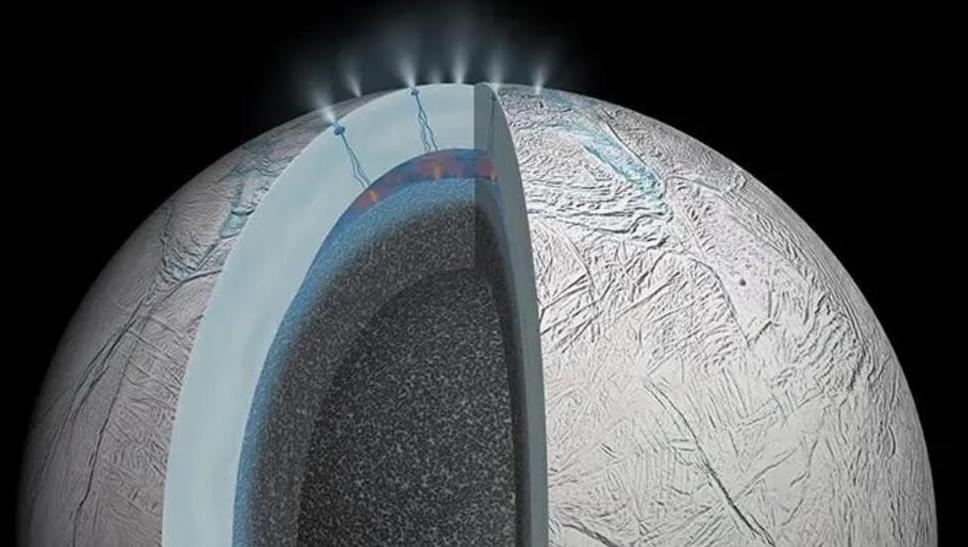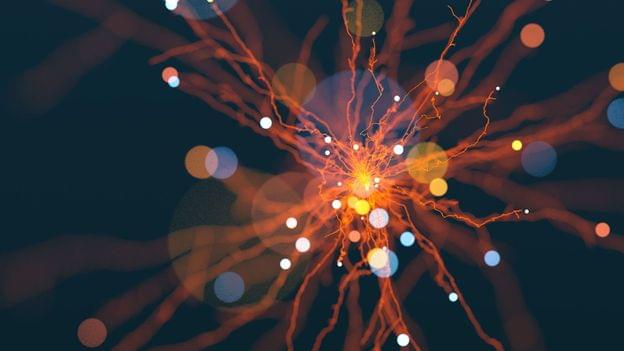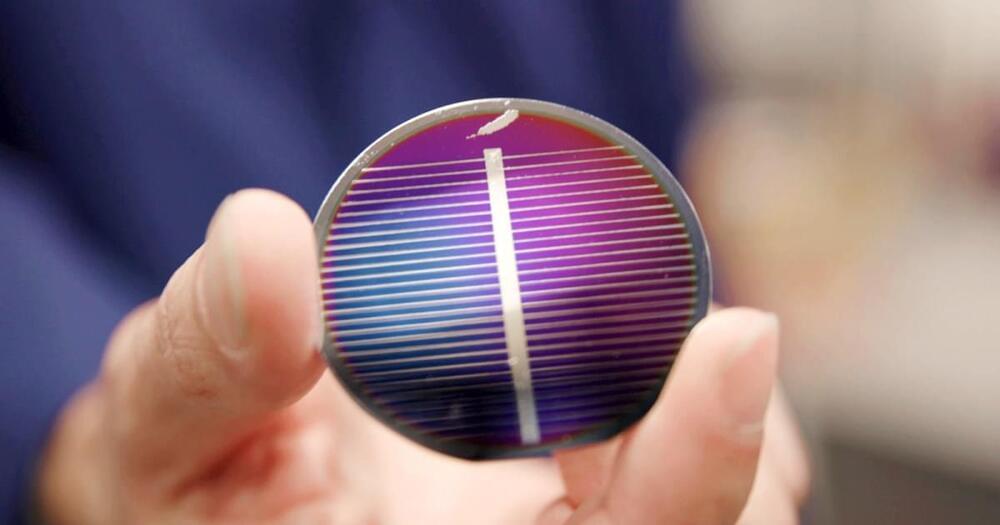The SpaceX Falcon 9 rocket is the vehicle that brings satellites, Dragon cargo spacecraft and Crew Dragon spacecraft to orbit.
Among its many uses, SpaceX regularly launches Falcon 9 to bring its Dragon spacecraft to the International Space Station. Dragon made the first private spacecraft visit ever there in October 2012 and has run more than 25 cargo missions in the years since. Since 2020, SpaceX also used Falcon 9 for crewed missions to the ISS, on behalf of NASA and other customers.


